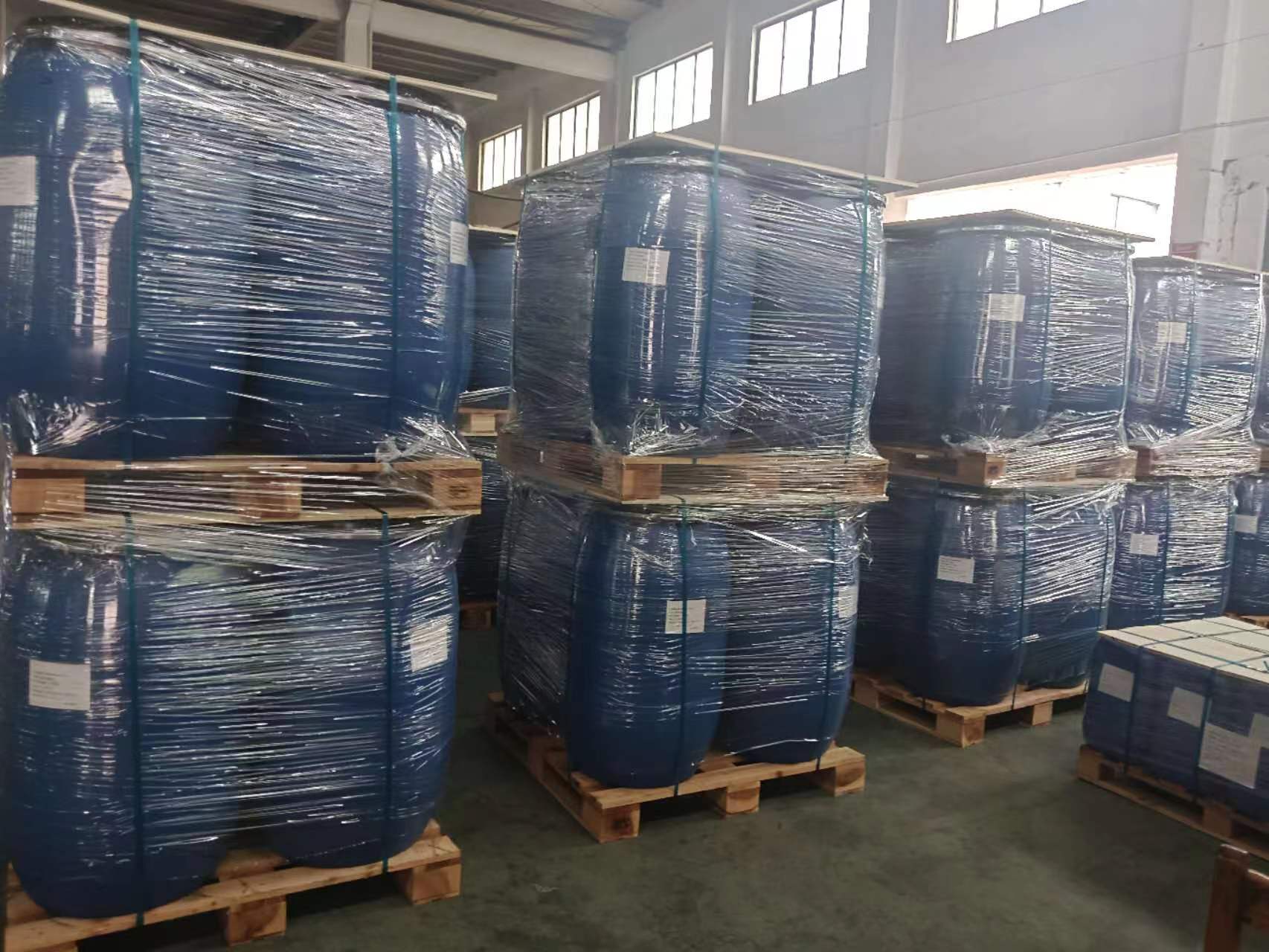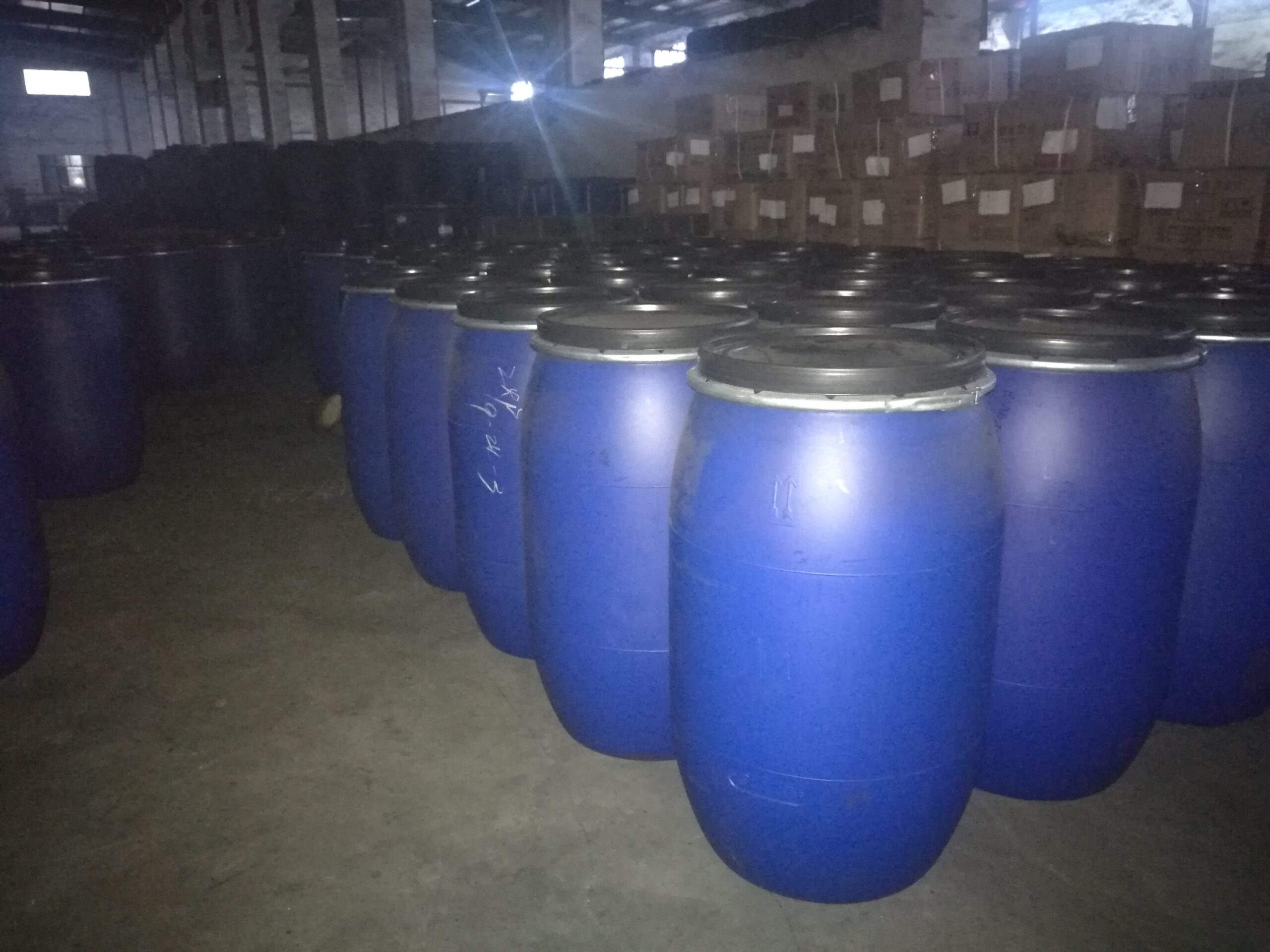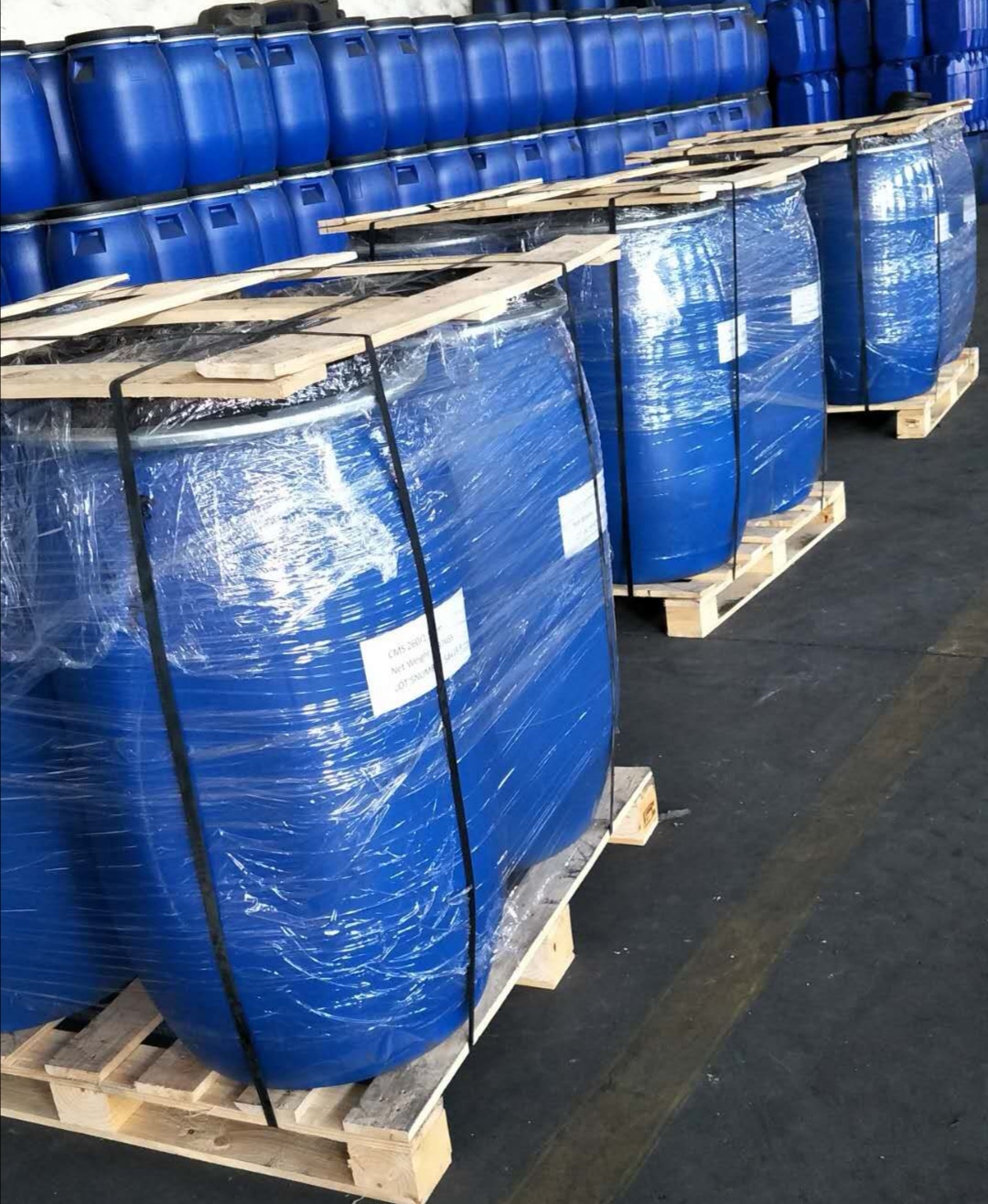Why Use Carbon Molecular Sieves For Gas Separation?
一、Unique Microporous Structure of Carbon Molecular Sieves
The core principle of gas separation using carbon molecular sieves lies in their unique microporous structure. These sieves contain numerous micropores with diameters ranging from 0.28 to 0.38 nm, allowing smaller molecules (e.g., oxygen) to diffuse rapidly while restricting larger ones (e.g., nitrogen). This size-based sieving effect enables efficient oxygen-nitrogen separation, with precise pore size control being critical for optimal performance.
二、Kinetic Separation Mechanism
Carbon molecular sieves exploit differences in diffusion rates between gas molecules for separation. Oxygen molecules (~0.346 nm diameter) diffuse faster than nitrogen (~0.364 nm) through the micropores. In pressure swing adsorption (PSA) processes, oxygen is rapidly adsorbed, while nitrogen enriches in the gas phase as product as. This kinetic-based separation is highly efficient and energy-saving.
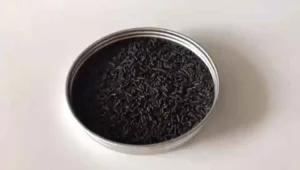
三、Superior Physicochemical Properties
These sieves exhibit excellent chemical stability, acid/alkali resistance, and high-temperature endurance, ensuring long-term reliability in industrial environments. Their hydrophobic nature maintains performance in humid conditions, unlike hydrophilic zeolites. Additionally, their high mechanical strength supports frequent PSA cycling.
四、Cost-Effective Separation Process
Compared to cryogenic distillation, PSA technology using carbon molecular sieves offers lower capital/energy costs, simpler operation, and compact systems. Operating at ambient temperatures without complex refrigeration, it enables rapid startup—ideal for small-to-medium-scale nitrogen production. Though the sieves are expensive, their durability ensures low lifecycle costs.
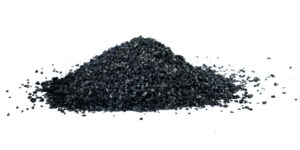
五、Broad Application Adaptability
Beyond air separation for nitrogen generation, these sieves are customizable for hydrogen purification, CO₂ capture, and VOC recovery by tuning pore structure/surface chemistry. This versatility drives adoption across chemicals, electronics, food packaging, and other industries
